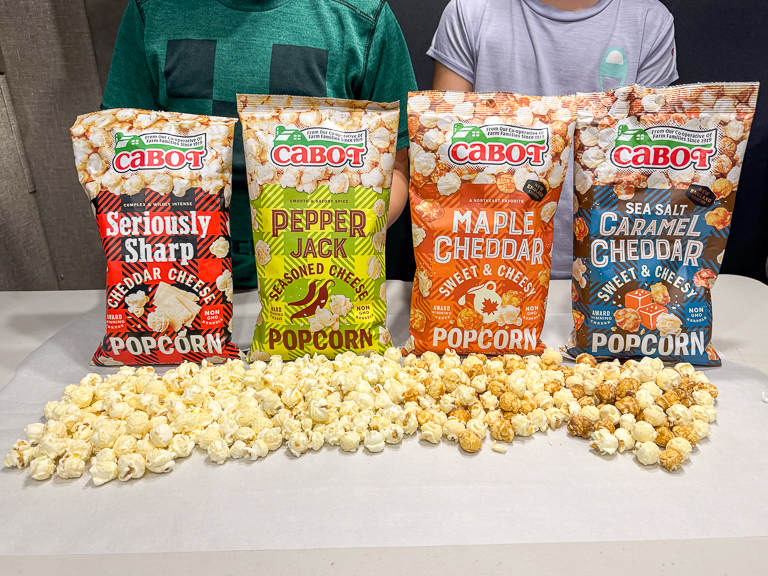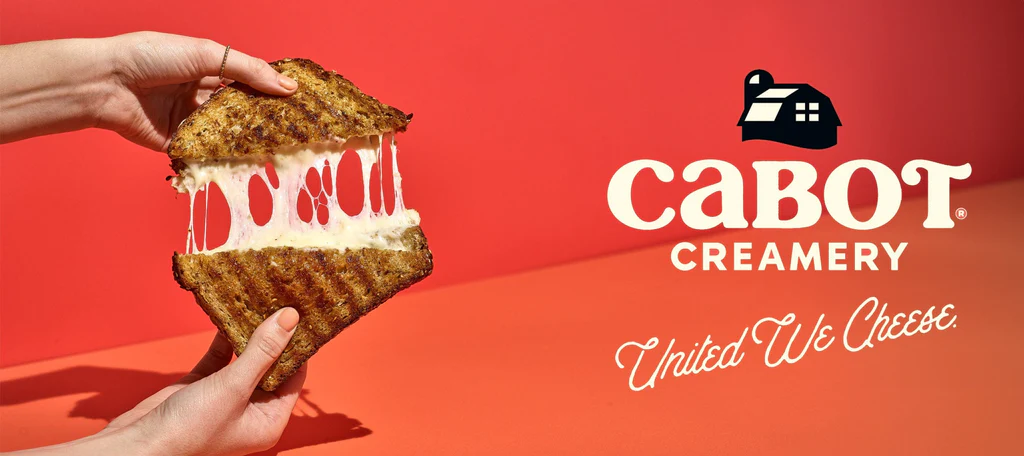Click Image To Return To Hub Main Page
-
Companies Mentioned on this website and other spaces maintained by Perspective Reports are not affiliated with Perspective Reports Unless otherwise stated. All for educational and entertainment purposes unless otherwise stated.
Cheese Brands USA
Charts
Google Search Trends
YouTube Search Trends
Pinterest Trends
Screenshots (2 Years July 2023-July 2025)
Background
The cheese industry, both globally and in the U.S., is a dynamic and evolving market with a rich history. Its origins predate recorded history, with the earliest evidence suggesting cheesemaking began around 8000 BCE with the domestication of sheep. The process, which involves curdling milk with rennet and then pressing and aging the curds, has been refined over millennia. Despite an estimated 65% of the world's population being lactose intolerant—with particularly high rates in East Asia—cheese has become a global food staple, appearing in countless varieties from Mexico's cotija to India's paneer and the classic European cheddars and bries. This widespread adoption underscores its importance as a food source and cultural icon.
In the United States, cheesemaking traditions were introduced by British colonists, laying the groundwork for what would become a multi-billion dollar industry. This history includes unique cultural touchstones like "government cheese," which stemmed from U.S. government agricultural policies in the mid-20th century to support dairy farmers by purchasing surplus milk. This surplus was processed into cheese, creating a massive stockpile that was eventually distributed to low-income Americans during the Reagan administration. This program, while a response to a complex economic issue, made the term "government cheese" a recognized symbol of both government aid and poverty.
The modern American cheese market, once dominated by giants like Kraft, is now a competitive landscape where smaller, more agile companies are gaining ground. Traditional dairy behemoths have faced financial struggles and restructuring, creating a void that brands like Cabot, Tillamook, and Sargento have successfully filled. These companies have thrived by focusing on specific, strategic advantages rather than relying on sheer size. This shift reflects a broader consumer trend toward seeking products with authentic stories, high quality, and convenience.
Companies like Cabot and Tillamook, both farmer-owned cooperatives, have leveraged their business models to great effect. Cabot, established in 1919 in Vermont, relies on its cooperative structure of over 800 farm families to ensure a consistent, high-quality milk supply and a powerful "farmer owned" brand narrative. This commitment to quality is reinforced by its numerous awards, which justify a premium price point. Similarly, Tillamook, hailing from the Oregon coast since 1909, has built a loyal following by emphasizing its heritage and a transparent "farm to table" story. Both cooperatives have strategically diversified into other dairy products, such as butter and ice cream, to expand their market presence and increase profitability.
Sargento, a family-owned company from Wisconsin, carved its niche through innovation and convenience. It revolutionized the market by being the first to introduce shredded cheese in resealable bags in 1976, a move that made cheese more accessible and convenient for consumers and created entirely new product categories. Sargento's success is also rooted in its strategic positioning as a champion of real, natural cheese in an era dominated by processed cheese. This focus on authenticity and quality, combined with consistent marketing that highlighted its family roots, allowed Sargento to build strong brand loyalty and achieve an annual revenue nearing $2 billion, demonstrating that strategic brilliance in product development and branding can lead to market leadership.
Country Of Origin: Global
Year Originated: 8000 BCE
Companies Analyzed:









Dairy Production Per Cow, 2015-2024 United States
Cheese Industry Facts
Natural Cheese-Shredded Sales 2023 USA
The Dairy Industry as a Business Entity
Dairy Industry Revenue & Market Share
The global dairy foods market is a massive and growing sector. The market size was valued at approximately $947.11 billion in 2024 and is projected to grow to over $1.5 trillion by 2032, representing a compound annual growth rate (CAGR) of 6.12% from 2025-2032. The Asia Pacific region dominates the market, holding a 41.02% share in 2024, driven by a large consumer base and an increasing adoption of Western diets. The milk segment holds the largest share by product type.
Key Companies and Financial Context
The dairy industry is highly fragmented with several large multinational players and numerous regional cooperatives. The top companies by dairy revenue in fiscal year 2024 include:
Lactalis (France): With an estimated revenue of around $30.2 billion, Lactalis is a global leader, known for brands like Président and Parmalat.
Nestlé (Switzerland): As a major global food and beverage conglomerate, Nestlé's dairy segment is a significant part of its business, with revenue around $24.1 billion.
Dairy Farmers of America (U.S.): A large cooperative of family farms, with a revenue of approximately $21.7 billion.
Danone (France): Another significant player with dairy revenue of about $19.7 billion, focusing on brands like Activia and Oikos.
Yili Group (China): The leading dairy company in China, with revenue of around $17.5 billion, and a strong focus on the growing Asian market.
Key Initiatives and Profitability Trends
The dairy industry is undergoing a significant transformation, influenced by consumer demands and technological advancements. Key initiatives and trends include:
Focus on Health and Functional Foods: Companies are responding to health-conscious consumers by fortifying products with additional nutrients, such as probiotics and prebiotics. Yogurt, in particular, is a strong category for this trend.
Sustainability and Transparency: There is an increasing consumer demand for environmentally friendly practices and clear traceability of products from farm to table. This has led to the adoption of technologies like blockchain to build consumer trust.
Technological Integration in Farming: Precision dairy farming is on the rise, with the use of advanced sensors, IoT devices, and data analytics to monitor cow health and optimize production. This not only improves efficiency but also addresses animal welfare concerns.
Growth of Dairy Alternatives: While conventional dairy products still dominate, the market for plant-based alternatives continues to grow. Companies are investing in new products with improved taste and natural ingredients to compete in this space.
Risk Management: With market volatility being a major concern, tools like Dairy Revenue Protection (DRP) are becoming increasingly important for producers to stabilize income and manage risk.
Valuation and Broader Market Context
The valuation of the dairy industry is tied to global economic factors, including population growth, urbanization, and disposable income, especially in emerging markets. While individual dairy companies have their own stock valuations, the overall health of the market is influenced by commodity prices, input costs (like feed), and shifting consumer preferences. The global cheese market was estimated to be worth $191.94 billion in 2024 and is projected to reach $283.10 billion by 2032, with a compound annual growth rate (CAGR) of 5.15%. The U.S. cheese market is a significant part of this, with a size of approximately $41.31 billion in 2024, and it is expected to grow to $52.92 billion by 2032. The industry is also seeing consolidation, with larger, more technologically advanced farms becoming more common.
Estimated TOTAL Worth OF
Global Cheese Market
Estimated TOTAL Worth OF
USA Cheese Market
Extra Visuals:
Suggested Strategies As of June 2025
Marketing: Make It Fun and use Influencers Especially in NYC (For Cabot Creamery and Less pop culture driven brands.
1.
2.
Expand eye-catching partnerships like supplying cheese to McDonalds or In-N-Out in Oregon or a Cheez-it collab or something similar to what Sargento did with snack pack collabs also consider sweet bagel spreads like cinnamon (For Tillamook Creamery Or any pop-culture driven brand).
3.
4.
New product innovation like having different variety natural cheese spreads, going after Lunchables or having a complete meal product, frozen food section or pre-made Mac and Cheese or potatoes and cheese or something similar. (Especially For Sargento or any Established Growth brand).
Parmesan Cheese is only cheese in shaker dry condiment form, make a cheddar dust or cheddar bits in shaker condiment form.
Cheese brands are an American Staple, and the biggest cheese market globally is in the USA. However, product innovation stagnation, rising global competition, and shifting land costs, producer dynamics, and end-product touch points require agility and quick reaction to market demands. Excited to see what happens for the future of dairy, as it is a cornerstone of the modern western food diet. So that means, wherever it goes, the market will certainly be impacted for better or worse. - Perspective X
Perspective Reports Content
Featuring Marvel Comics and Entertainment
Sources And Links To More Information:




